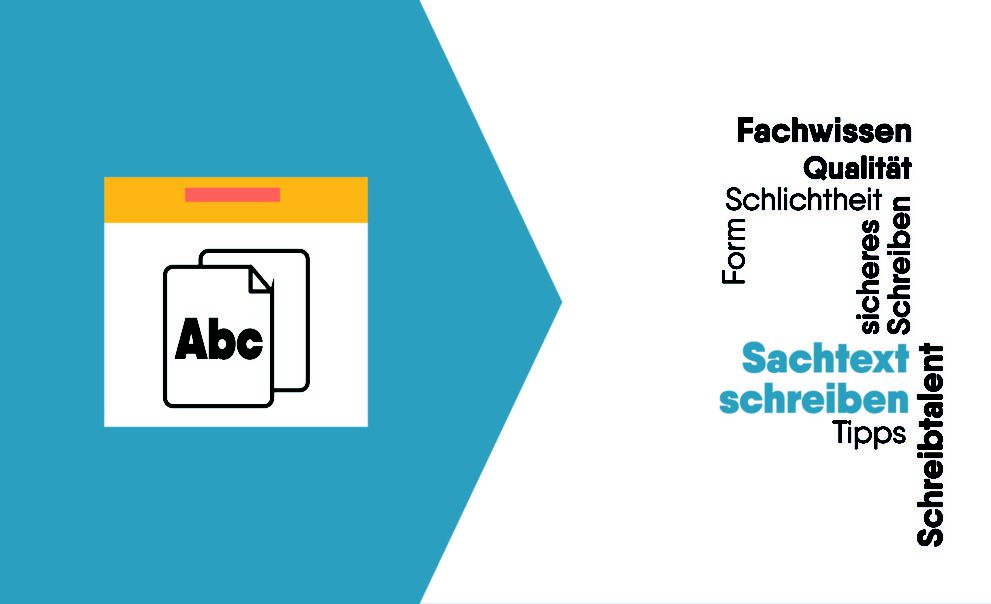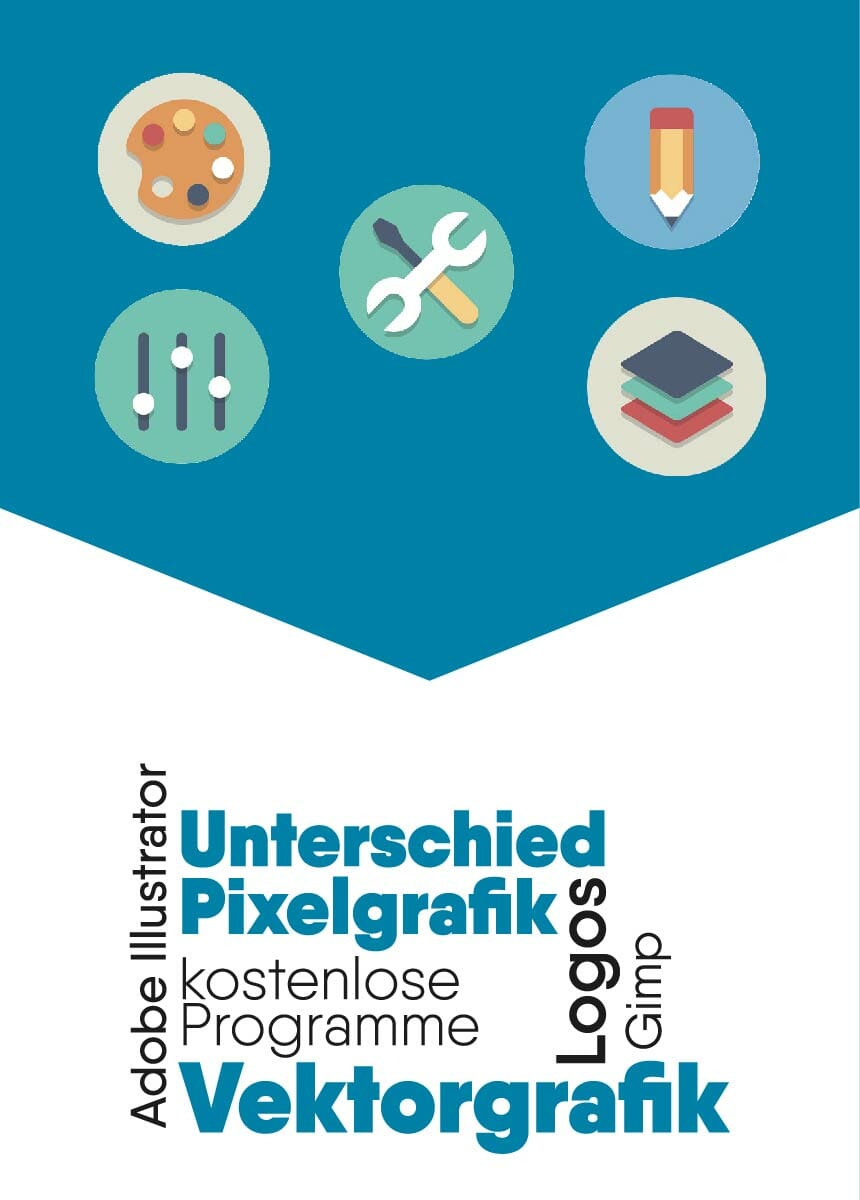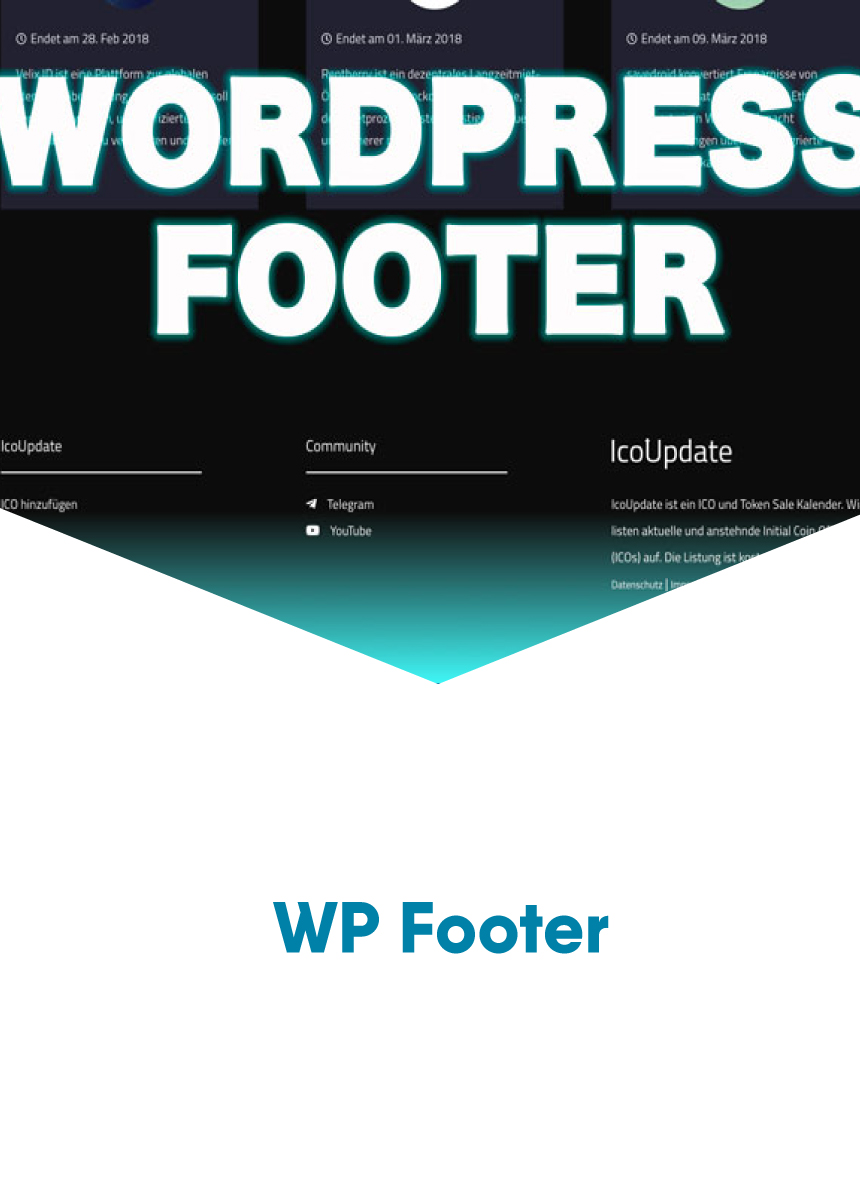Professional knowledge and writing talent lead to a good factual text
In order to write a factual text well, two things are required: sufficient knowledge of the subject matter on the one hand, and an easily understandable mode of expression on the other. The first point explains itself, the second point is already a little trickier. Because, depending on the subject, different technical terms should be included in the text, which of course must be explained to the reader.
Otherwise he cannot understand the text. This certainly depends on the assumed previous knowledge. However, since the addressee wants to learn something – otherwise he would not read any technical instructions – the writing of a technical text requires in any case a minimum of explanation of the technical terms used and a maximum of comprehensible expression. The simpler the language, the faster and easier the reader grasps the content. To put difficult topics into words that are as understandable as possible is both the goal and the highest hurdle for anyone writing a factual text. To overcome this hurdle, therefore, one should ask oneself the following questions in advance:
- Who is my reader? Is he completely ignorant or does he have previous knowledge. If so, what?
- Can illustrations contribute to understanding? Especially with technical devices, detailed illustrations are often an advantage.
- Which text structure (subheadings, positioning of possible illustrations, possible bullet points) makes reading easier for the reader?
- What concrete linguistic means are there for successfully writing a factual text?
As far as the latter is concerned, a few points can be clarified in advance, which apply to any text. The aspects listed above depend heavily on the text in question and can therefore only be answered on a case-by-case basis.
Tips for writing a factual text with style:
short clear sentences
Avoid long nested sets. These are caused, for example, by the excessive use of relative clauses, interpolated trains of thought, overly stilted infinitive constructions or simply by stringing together several main clauses that can be separated just as well by a point. If you are unsure whether a comma or dot is more appropriate, it is better to set a dot and start a new sentence. As a rough guideline you can note A sentence should not exceed three lines.
Technical terms despite loose spelling
Explain a technical term right at the first mention – if it is to be explained. Loosen up the text by alternating sentence structures. For example, alternate between short sentences that consist of only one subject, one predicate and at most one object, and longer sentences that have a subordinate clause – but, as I said, no long nested sentences. Sometimes use infinitive sentences, sometimes “ordinary” sentences with inflected verbs and sometimes passive sentences. Please note, of course:
It depends on the form
It is better to write in active (someone does something) rather than passive (something is done), as the latter seems comparatively cumbersome and also often does not specify who or what is doing the activity described. Nevertheless, a well-written factual text should also use the passive from time to time. On the one hand, to enrich the text flow with an alternative sentence construction, on the other hand, the person or object performing the activity is known from the outset, especially in the case of factual texts. This is the reader who wants to work with the described object, or the object itself. By the way, (supposed) active sentences with the general “man” are nothing else than hidden passive sentences.
Avoid excessive use of nouns (words on -ung), present participles (adjectives on -end such as “smelling”, “running”, “singing”, etc.) and certain pronouns such as “this” and “which”. Especially for the latter there are often less complicated alternatives like “such” or “that”. This does not mean, however, that such words must be avoided at all costs. Sometimes they cannot be avoided, but you should pay attention to balance. As a general rule, such cumbersome constructions should be combined as rarely as possible.
Avoid the frequent occurrence of modal verbs (can, should, may, must, want) especially when writing factual texts. Because such texts are not about what the reader wants or should do, but simply about how a device works or how a certain goal can be reached.
Simple and yet full of quality
Especially factual texts are characterized by a sober language, which is therefore not necessarily boring, but rather straightforward. The reader does not want to be entertained or otherwise emotionally gripped, but wants to reach his goal as quickly as possible. The line between “sober” and “not boring” is sometimes quite narrow. In general, you can say: concentrate on the subject you want to describe in your factual text. Put yourself in the situation of the reader and ask yourself: “What does the addressee need to know after reading? What, on the other hand, is accessory and therefore does not belong in the text?”
It goes without saying that repetitions of all kinds, even of individual words, quickly disfigure any text. But each of us has certain favourite terms that we do not immediately notice. A typical word that occurs frequently is the inconspicuous word “but”. Alternatives for this are “however”, “but”, “however”, “however”, etc. It is best to ask yourself in advance: “Which are my favourite words? What are the alternatives?”
The list of concrete stylistic devices for writing a factual text can of course be extended at will and varies according to the specific case. With the points mentioned above, of course, you already have a few tips to hand with which you can guide your reader to his or her goal, regardless of the topic in question – from a purely linguistic point of view – without deterring him or her with a difficult text. Because often enough the following applies: The subject itself is complicated enough.
If you would like to learn more about creating texts, please visit our article on the topic: Creating content.









Comments